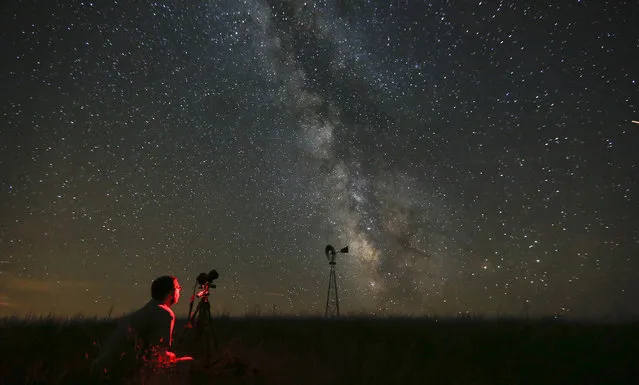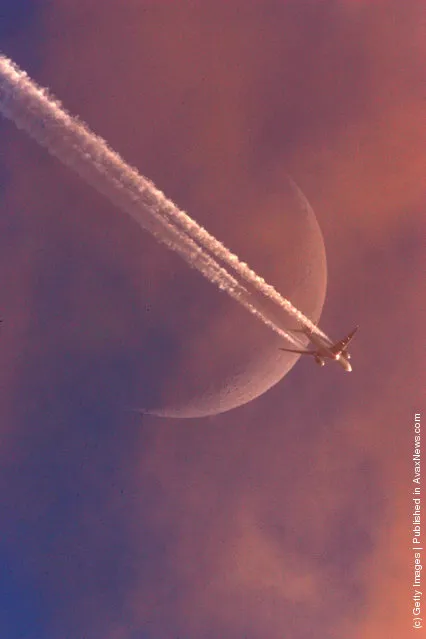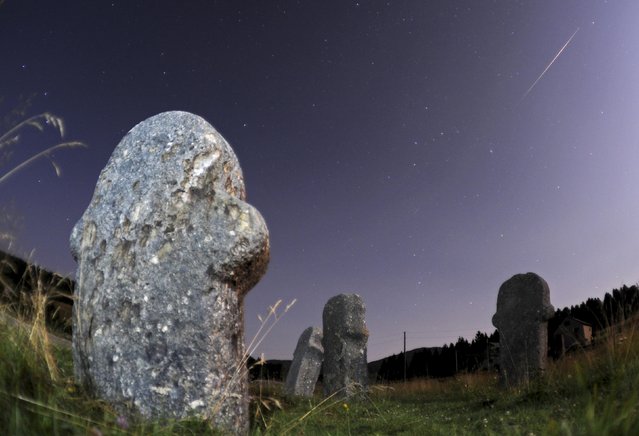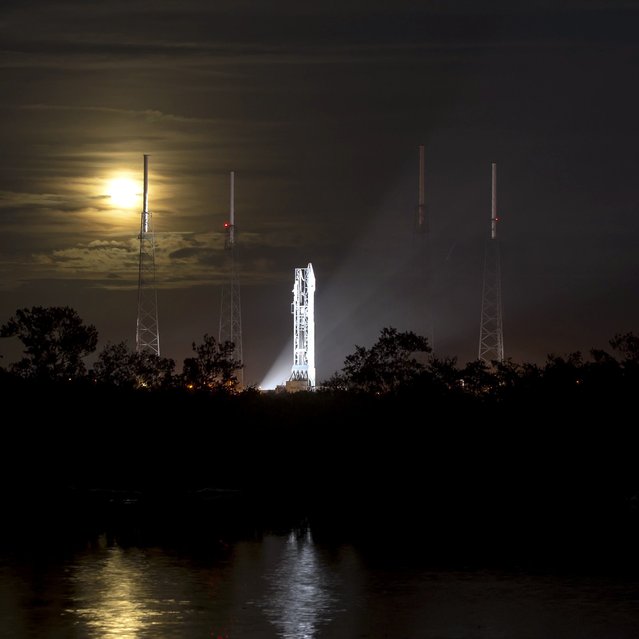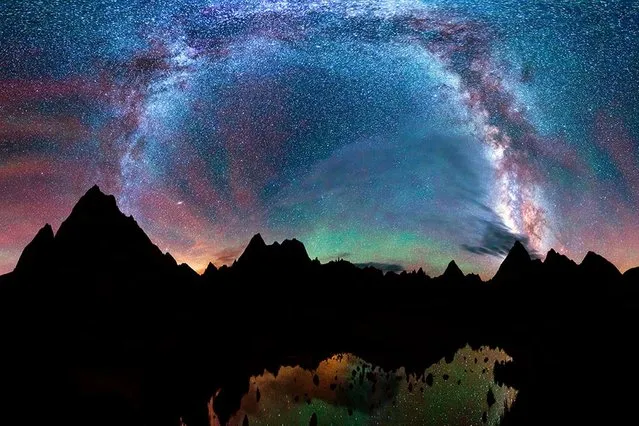
A photographer has captured these amazing rainbow-like images of stars high above the skies of Colorado. Stargazer Matt Payne, from Oregon, loves the evening skies so much, he has devoted hours to shooting the marvels of the Milky Way. The 35-year-old has to meticulously plan his work, taking into account weather, terrain, season and even the cycle of the moon to get the perfect snap. (Photo by Matt Payne/Caters News)
02 Sep 2014 12:35:00,post received
0 comments


